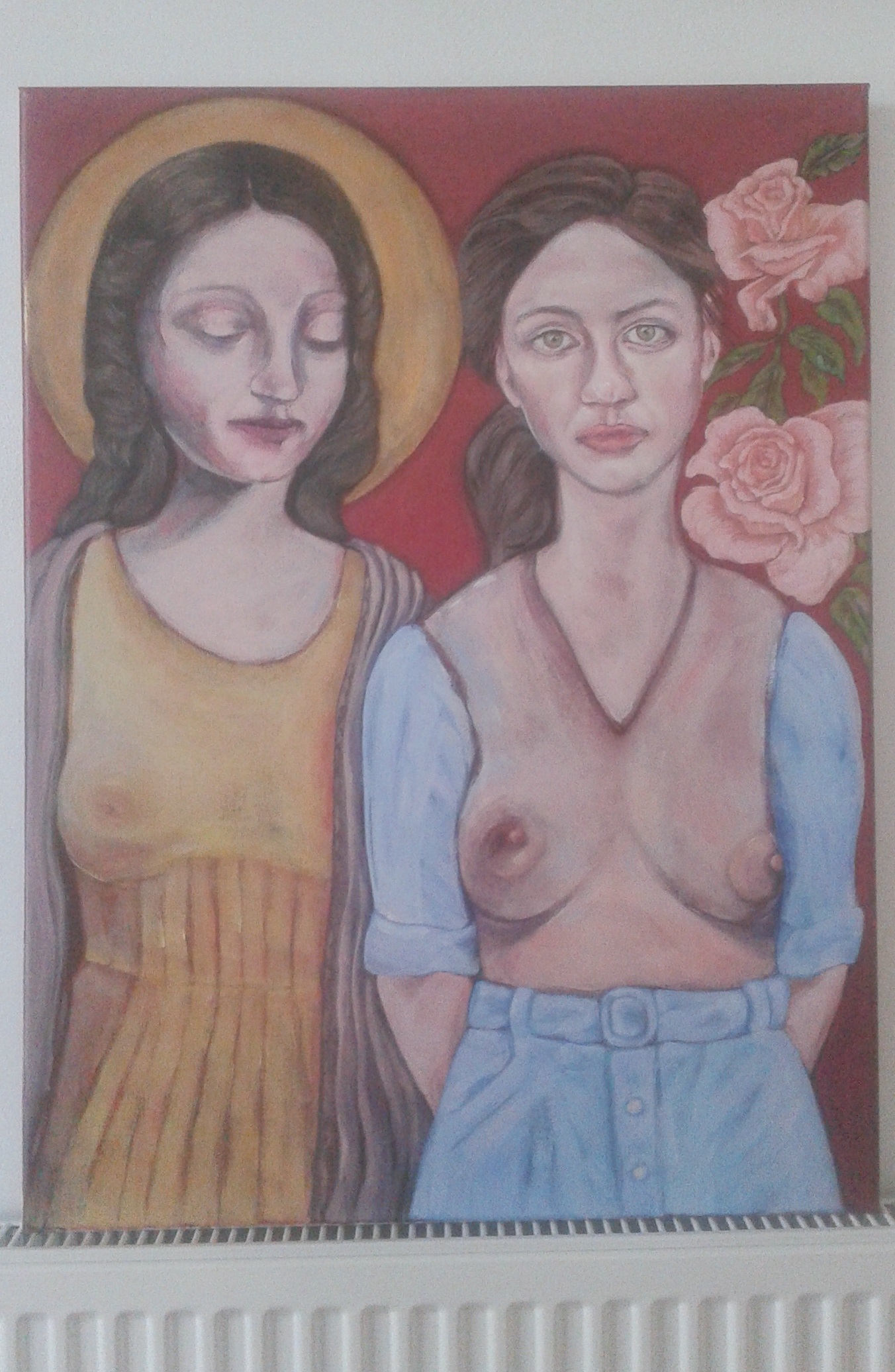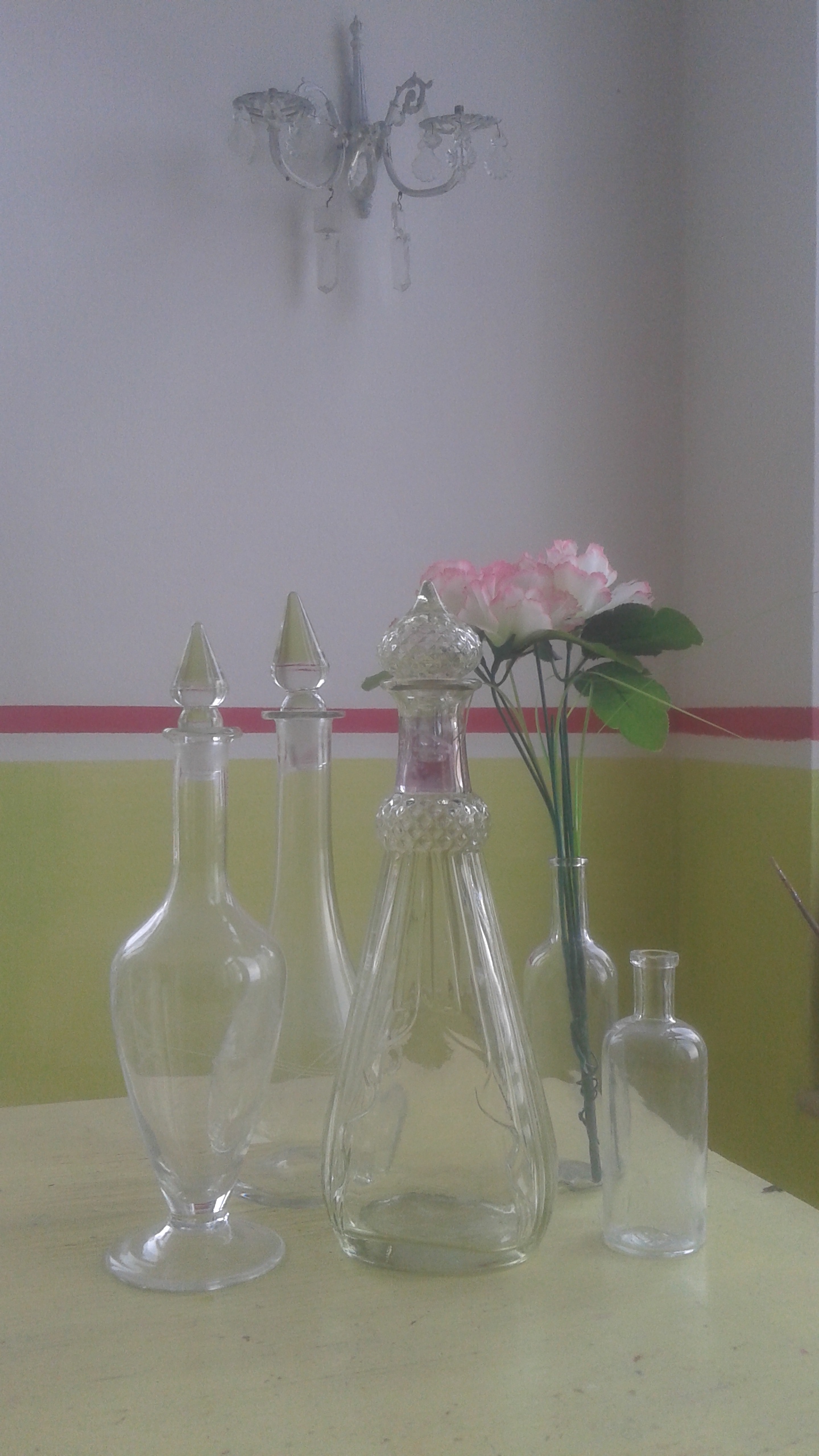Perfectionism, mother trees, radical self care, truth telling and tear bottles…. (Edited)
“We may like to think of ourselves as autonomous, self-sufficient creatures, but large-scale crises emphasize that we are fundamentally interdependent. A crisis also offers an opportunity: a moment to pause and take stock of the society we live in, and to consider alternative realities.” (From The Social Instinct by Dr Nichola Raihani)
“That was the moment when I knew that I was going to be able to find a place for myself in the world, that women were saying, “We’re here. We’re angry. We’re going to tell the truth. We’re going to tell you our stories, and we want to hear yours…” Ann Lamott

Today’s post includes a photo of the painting I’ve been working on over these last two months.
Perfectionism
“Imperfection is not our personal problem – it is a natural part of existing.”
More on Rick & Forrest Hanson’s Being Well podcast: Moving Past Perfectionism
Trees
In the previous post I referred to forest ecologist, Dr Suzanne Simard. In these two podcasts: https://www.youtube.com/watch?v=EuupJGko9_0 & https://www.youtube.com/watch?v=s8V0IJ11CoE we get an idea of how trees are part of a complex and interdependent circle of life and how forests are connected through underground mycorrhizal networks, which help them communicate and share resources and support.
An excerpt from her book: “Finding the Mother Tree: Discovering the Wisdom of the Forest”
“I set out on scientific expeditions to figure out where we had gone so very wrong and to unlock the mysteries of why the land mended itself when left to its own devices—as I’d seen happen when my ancestors logged with a lighter touch. …. The trees soon revealed startling secrets. I discovered that they are in a web of interdependence, linked by a system of underground channels, where they perceive and connect and relate with an ancient intricacy and wisdom that can no longer be denied. I conducted hundreds of experiments, with one discovery leading to the next, and through this quest I uncovered the lessons of tree-to-tree communication, of the relationships that create a forest society.….”
Tear bottles

Tear bottles or tear catchers or lachrymatory are basically small ornamental glass vessels usually made from blown glass. It is suggested that they are part of ancient mourning traditions and have been around since ancient Middle Eastern and ancient Roman and Greek societies, where they were filled with tears and placed in burial sites as symbols of love, grief and respect. They have been found in Greek and Roman tombs. This also seems to have been a common practice in the Jewish culture. The metaphor of the tear bottle is also used in the Old Testament Psalm 56:8:“You keep track of all my sorrows. You have collected all my tears in your bottle. You have recorded each one in your book.” Some scholars however, suggest that these small bottles held perfumes rather than tears. In an episode of Insights at the Edge on how Radical Self Care Changes Everything writer Ann Lamott describes through her personal experiences how our childhoods shape our sense of self and self-image, and how, especially in the past, girls were trained to be “flight attendants” and to see to everybody’s needs. Emotions, sensitivity and artistic proclivities were often not welcomed and it was preferable that these experiences remained out of sight, buried like tear bottles in some sense. She says as a child she needed to direct her tears into an empty tear bottle…
On the podcast she discusses why active self-care is a feminist issue. She says: “…..little by little, we’re going to stick together and we’re going to take tiny little segments of your own emotional acre. You…. get to have your own emotional acre, and you get to garden it or not garden it as you choose, and people don’t get to burst through the gates anymore and insist on you doing it their way. You get to do it your way, and however you see it, however you see you, however you see the earth on which you stand, that’s how we’re going to do it,” that’s what radical self-acceptance means to me…”
She also talks about truth telling and the joy of seeing oneself reflected in art and literature. She says: “These writers.…. little by little, they were telling you that the way home was going to be in telling this kind of truth you’d never been allowed to tell before, and in noticing that you were very, very depleted by all the life force and energy in you going out to others, to the professors, to the male teachers, to the authority figures, to the government. It was all men….. They taught us to sit together. They taught us to listen. What they taught us to do is to listen to other women and girls and to hear that we were all in the same boat, that this was an institutionalized oppression against power, the terrifying power of women….. Women telling the truth, both genders telling the truth, marginalized people saying how enraged they were at their treatment, at the way their children were treated, at the way their old and invisible parents were treated and warehoused, gave me the belief in myself that the most precious thing you had was your own truth, and at the same time, the most extraordinary thing you had to share was your version of things.”
